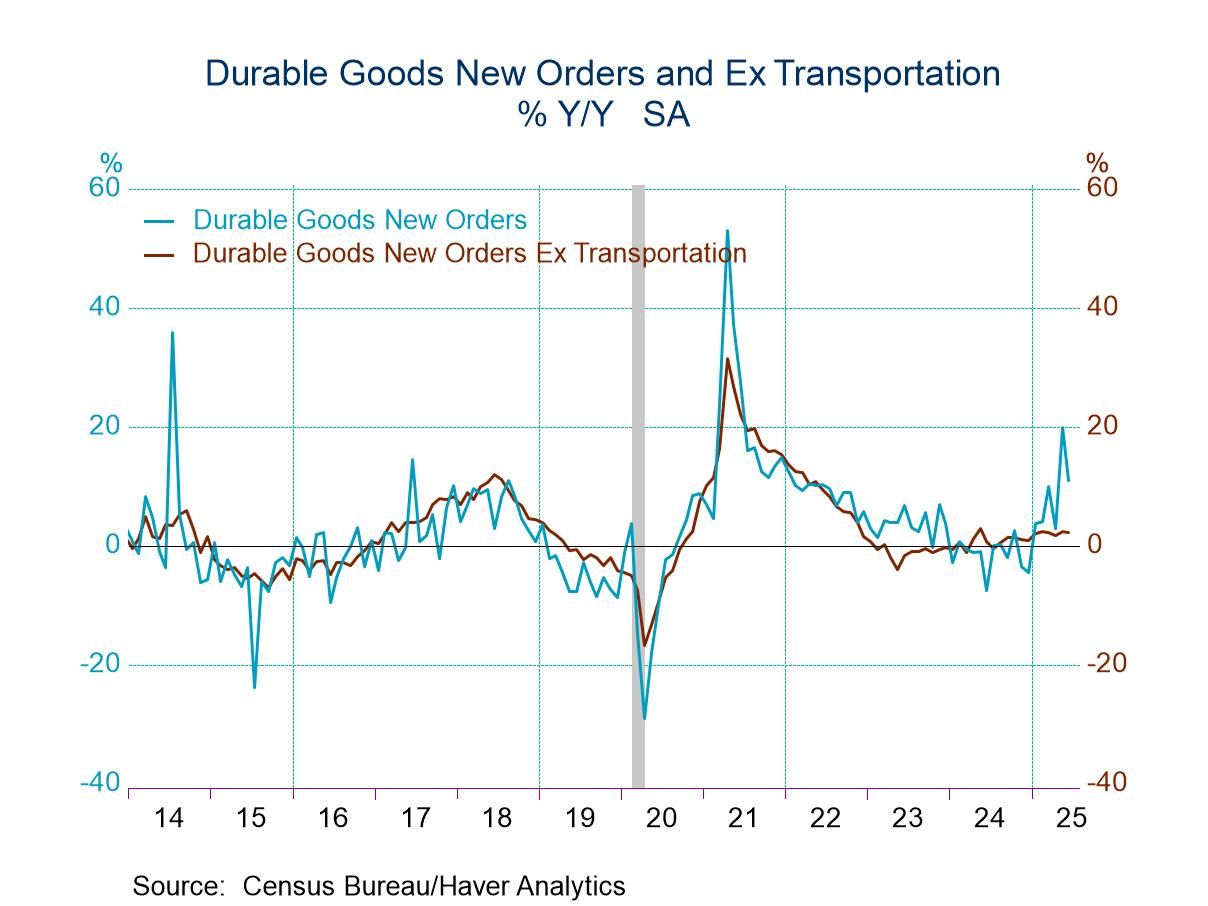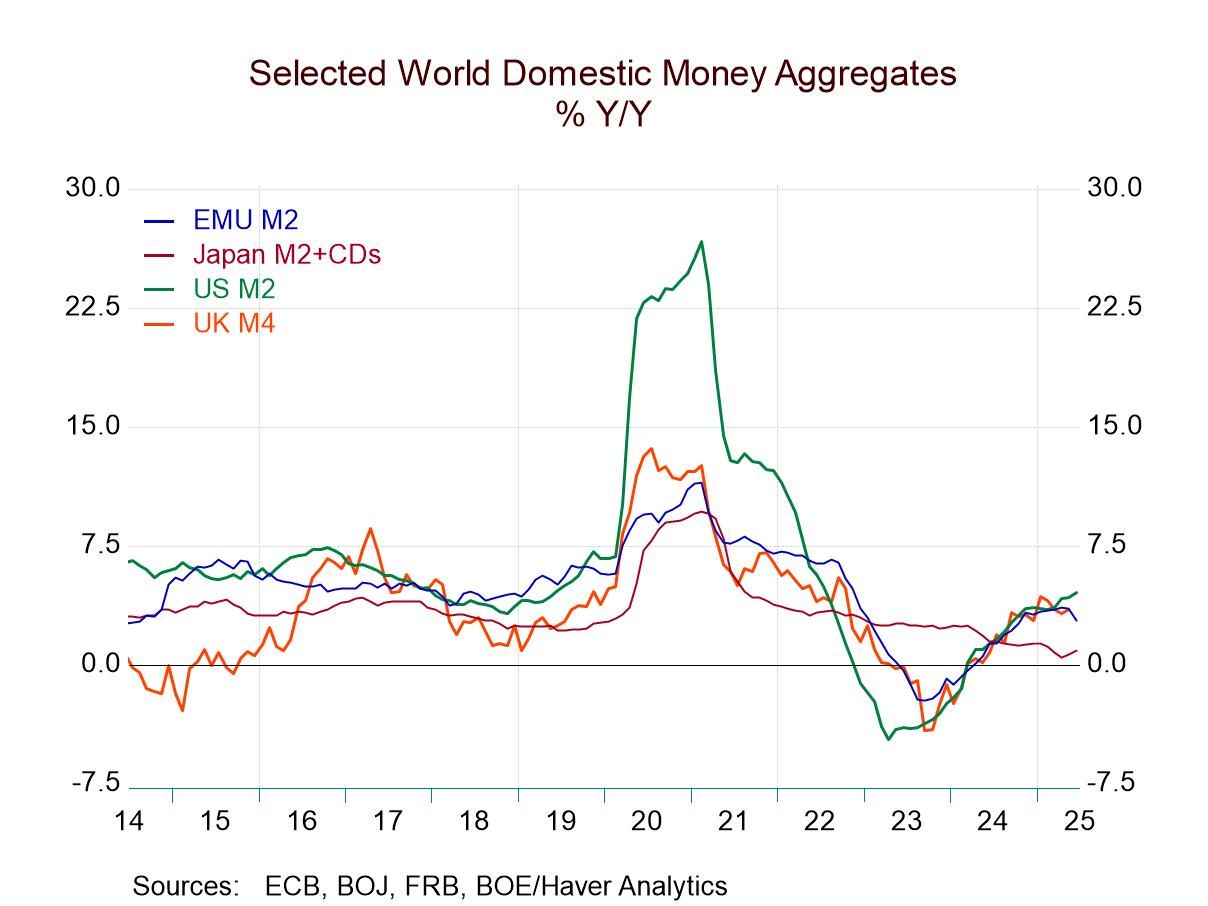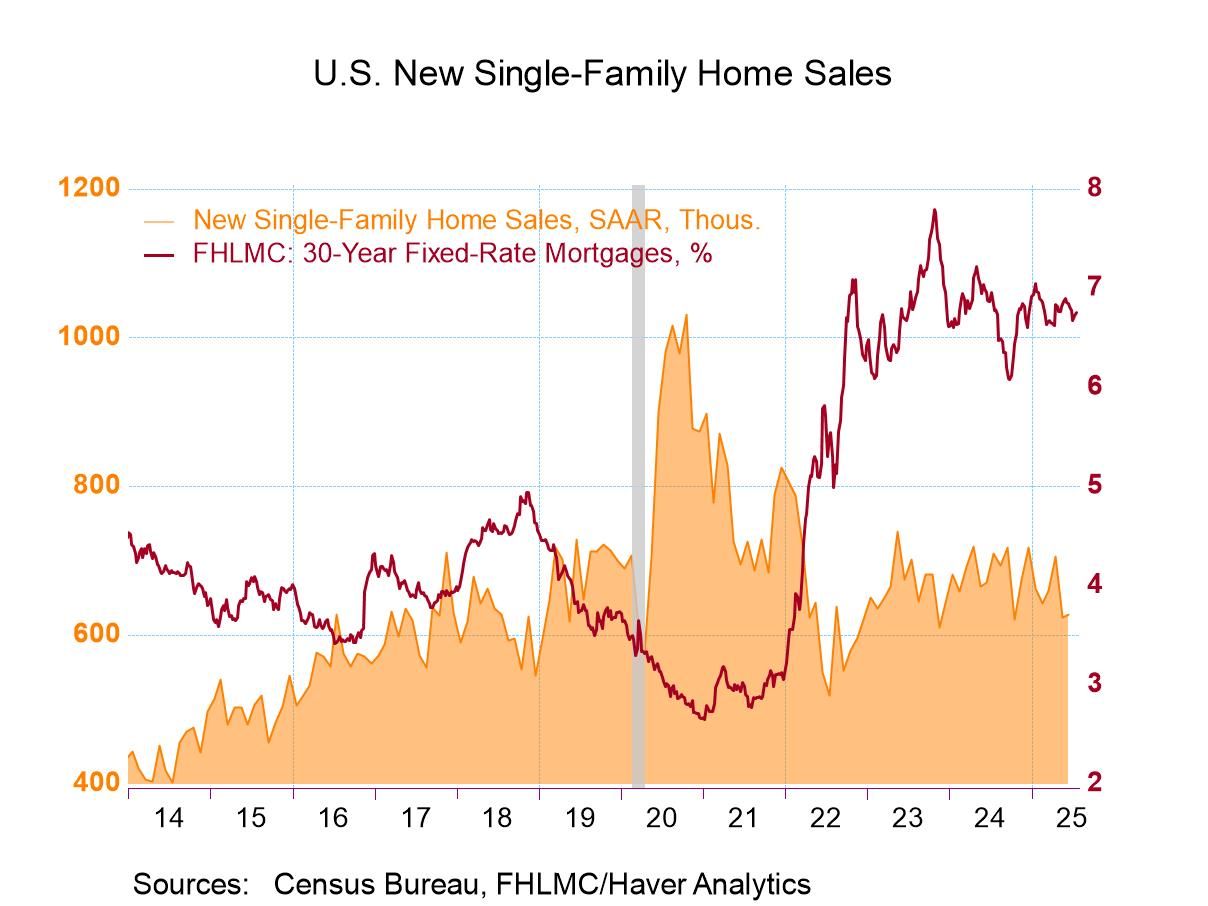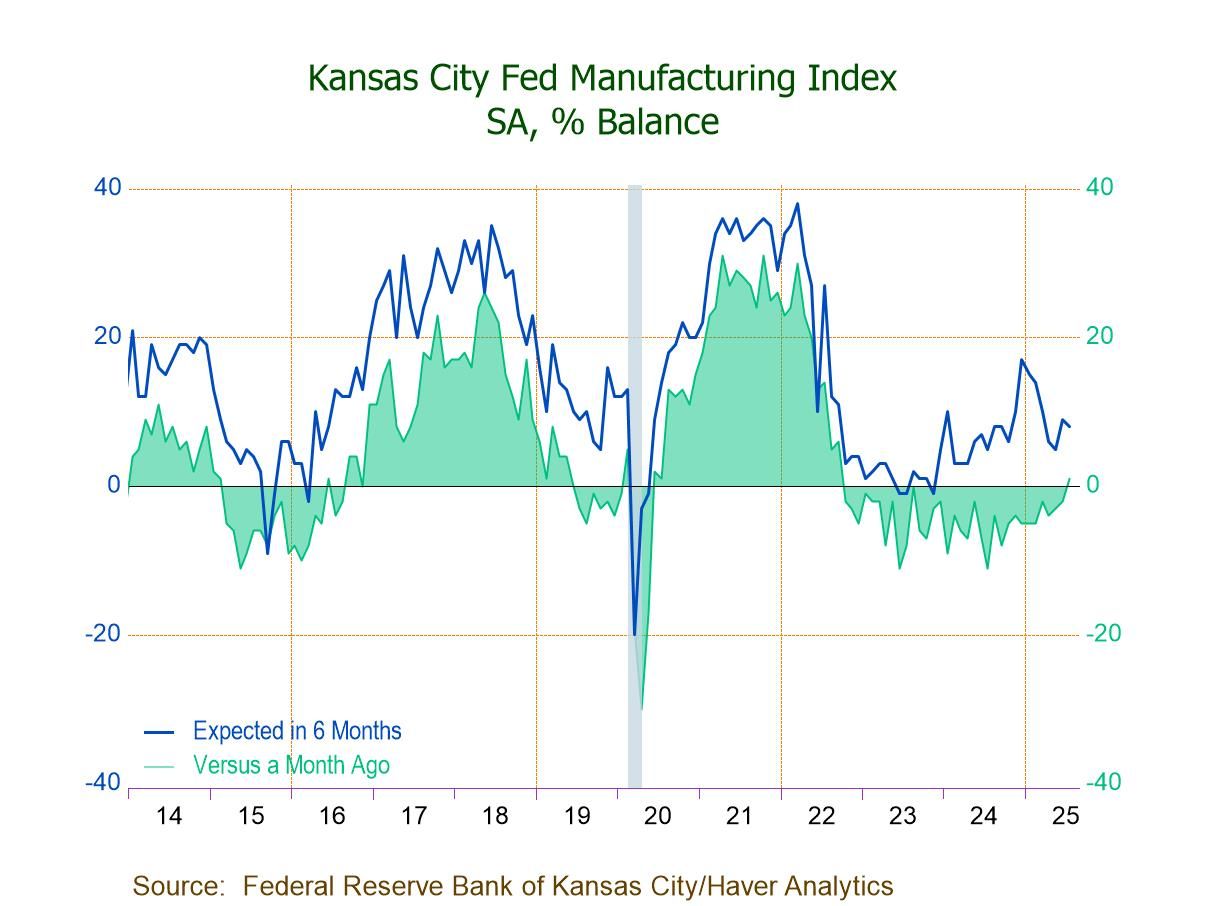U.S. Unemployment Insurance Claims Dropped 19,000 in Week Ended October 12
Summary
- Continuing claims up 9,000 in the October 5 week, after the 39,000 jump in September 28 week.
- Insured unemployment rate holds at 1.2%.


Initial claims for unemployment insurance dropped by 19,000 to 241,000 seasonally adjusted in the week ended October 12, from 260,000 in the previous week, revised up 2,000 from the initially reported 258,000 level. The Action Economics Forecast Survey had expected 245,000 in the October 12 week. Press reports indicate that the jump in the October 5 week was related to the impact of Hurricane Helene. The effects of both Hurricane Helene and Milton will likely keep weekly claims data volatile in the coming weeks. The four-week moving average of initial claims was 236,250 in the week ended October 12, up from 231,500 the week before.
In the week ended October 5, the total number unemployment benefit recipients – also known as insured unemployment – was 1.867 million, up 9,000 from 1.858 million in the week of September 28, revised down from 1.861 million. The four-week moving average of insured unemployment was 1.843 million, up from 1.831 million in the prior week.
Also, in the week ended October 5, the insured unemployment rate was still 1.2%. This is the number of beneficiaries as a percent of covered employment; the rate has been at 1.2% continuously since March 11, 2023.
Economic conditions vary widely across states and territories. In the week ended September 28, the highest unemployment rates were in New Jersey (2.18%), California (2.01%), Puerto Rico (1.81%), Rhode Island (1.78%) and Washington (1.76%). The lowest rates were in South Dakota (0.23%), North Dakota (0.34%), Florida, Virginia and North Carolina (each 0.40%), and Alabama, Kansas and Nebraska (each 0.43%). Rates in other notable states include New York (1.47%), Illinois (1.42%), Pennsylvania (1.34%) and Texas (1.05%). These state rates are not seasonally adjusted.
Data on weekly unemployment claims are from the Department of Labor itself, not the Bureau of Labor Statistics. They begin in 1967 and are contained in Haver’s WEEKLY database and summarized monthly in USECON. Data for individual states are in REGIONW back to December 1986. The expectations figure is from the Action Economics Forecast Survey in the AS1REPNA database.


Kathleen Stephansen, CBE
AuthorMore in Author Profile »Kathleen Stephansen is a Senior Economist for Haver Analytics and an Independent Trustee for the EQAT/VIP/1290 Trust Funds, encompassing the US mutual funds sponsored by the Equitable Life Insurance Company. She is a former Chief Economist of Huawei Technologies USA, Senior Economic Advisor to the Boston Consulting Group, Chief Economist of the American International Group (AIG) and AIG Asset Management’s Senior Strategist and Global Head of Sovereign Research. Prior to joining AIG in 2010, Kathleen held various positions as Chief Economist or Head of Global Research at Aladdin Capital Holdings, Credit Suisse and Donaldson, Lufkin and Jenrette Securities Corporation.
Kathleen serves on the boards of the Global Interdependence Center (GIC), as Vice-Chair of the GIC College of Central Bankers, is the Treasurer for Economists for Peace and Security (EPS) and is a former board member of the National Association of Business Economics (NABE). She is a member of Chatham House and the Economic Club of New York. She holds an undergraduate degree in economics from the Universite Catholique de Louvain and graduate degrees in economics from the University of New Hampshire (MA) and the London School of Economics (PhD abd).





 Global
Global
